Widen Dalits’ Participation In Media
Despite constitutional guarantees of inclusion, the Dalit community, representing about 13 per cent of the country’s total population, has almost zero representation at the policy level of the media. Article 40 of the Constitution has guaranteed Dalit rights with the promise of their participation in all state bodies based on the principle of proportional inclusion. Similarly, the constitution guarantees a special provision as per the law for the empowerment, representation and participation of the Dalit community in public service and other employment sectors. Despite almost a decade into the implementation of the constitution, the participation of the community at the policy level of the media is almost nil.
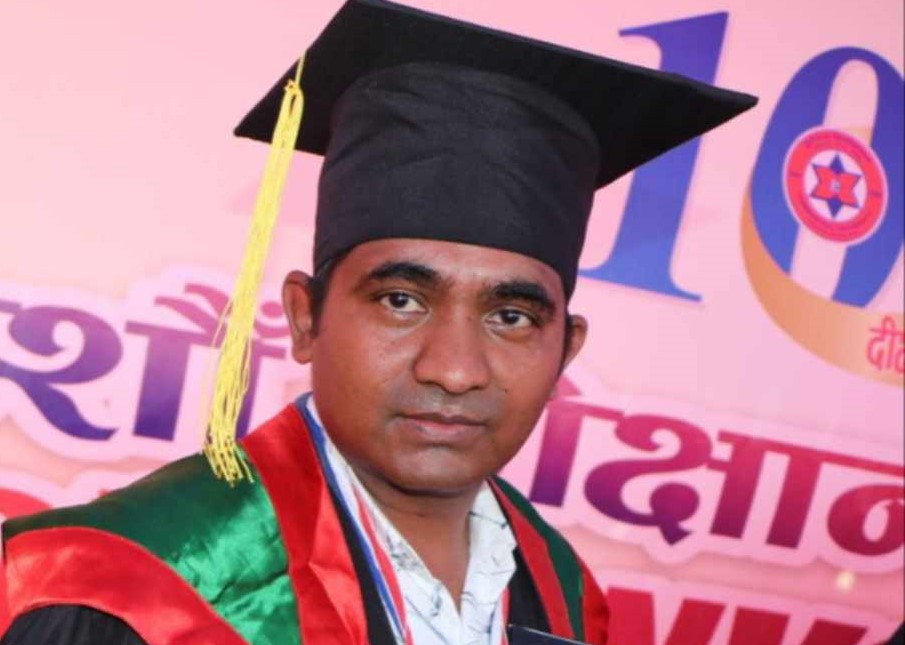
But, there are positive developments in other sectors like civil administration, teaching services, police, army and government employment, where their inclusion is increasing. According to a study conducted by journalist Baburam Bishwokarma, of the 59 officials and employees at the Ministry of Communications and Information Technology (MoCIT), number of Dalit staff is near non-existent. Similarly, Press Council Nepal (PCN), an autonomous and independent media regulatory body set up by the government, has no Dalit representation. The boards of directors of Nepal Telecommunication Authority, and Rastriya Samachar Samiti (RSS), the only state-owned news agency, have no Dalit representation. Each of the boards of directors of the government entities has five members.
Zero representation
According to the study, Gorkhapatra Sansthan, a 124-year-old government media house, has a seven-member board of directors but there are no board of directors (all men members) from Dalits. Similarly, there is no Dalit representation in the board of directors of Nepal Television, a government-owned television established in 2042 BS. The five-member board of directors of Radio Nepal, which claims to be accessible to more than 90 per cent of the country’s population, has no Dalit representation. Lawmaker and president of the National Association of Dalit Community Journalist, Nepal (NADCJ-N) Binod Pahari demands that the government media (Nepal Television, RSS, Radio Nepal and Gorkhapatra) and private sector media should be restructured and made Dalit-friendly.
Stating that there is zero representation of the Dalit community in the Film Development Board, the PCN, the National Information Commission, the Nepal Telecommunications Authority, the Minimum Remuneration Fixation Committee, the Nepal Telecom, the Security Printing Development Committee and the National Information Technology Centre, and the bodies under the MoCIT, he stressed the need for policy arrangements to represent them. The mass media policy has a provision to establish a national mass media academy, make the newsroom inclusive according to the policy of proportional inclusion, arrange scholarships in journalism for the marginalised communities, and make appointment in the PCN as per the principle of proportional inclusion.
The provision also states that the media operated by the marginalised communities will be encouraged through consumer-focused advertising including public welfare advertisements. However, its implementation has to take place. Before releasing the communication policy in 2073 BS, the MoCIT formed a high-level commission related to media inclusion in 2069 BS. The commission also suggested 12 points to the government to make the communication and media sector inclusive. But the suggestions made in that report have yet to be implemented. It has been recommended that the contents of mass media and newsrooms should be made inclusive, and reservations should be ensured in government media.
Similarly, to make the contents and human resources of private media inclusive, the commission suggests that the provision of inclusion must be implemented in the distribution and renewal of media licenses, and that the PCN should be made inclusive. Amar Bahadur Thapa, chairperson of the Education, Health and Information Technology Committee under the House of Representatives, highlighted low participation of the Dalit community in mass media while pointing out the need for increasing their participation by making a policy. Bishwokarma suggested clear legal and policy arrangements to make the media inclusive, and increase the proportionate and inclusive representation of the marginalised communities as per the report of the high level commission on inclusion in the constitution, media policy, and media.
Proportional representation
So far, nine communication related policies, 16 Acts, 18 regulations and 12 guidelines have been made. However, most of these government documents do not have mandatory provisions to increase the proportional representation of the marginalised communities in the communication and media sector. There is women representation in some agencies under the ministry. He, however, said while stressing that the government should take a serious initiative in ensuring Dalit representation in communication related agencies. For the representation of the Dalit and other marginalised communities in government and private media according to the principle of proportional inclusion, there is a need to establish a mandatory system in media bills, including the Media Council Bill, which are currently under discussion.
Only physical participation of the marginalised community in the media could ensure contents relating to them, they reasoned. Journalist Chakraman Bishwokarma demanded that even if the private sector media did not ensure the physical participation of the Dalit community, at least the state-run media should ensure their participation. According to the NADCJ-N, there are currently around 2,000 journalists from the Dalit community across the country. But it seems that they have taken up journalist on merit basis rather than quota basis. Pabitra Sunar, president of the Association of Active Dalit Journalists Nepal, viewed that like other state agencies, mass media should be fully inclusive in terms of participation and contents.
(The author is a journalist at the National News Agency.)




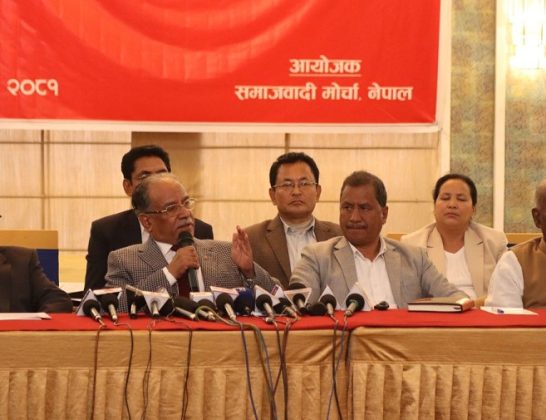
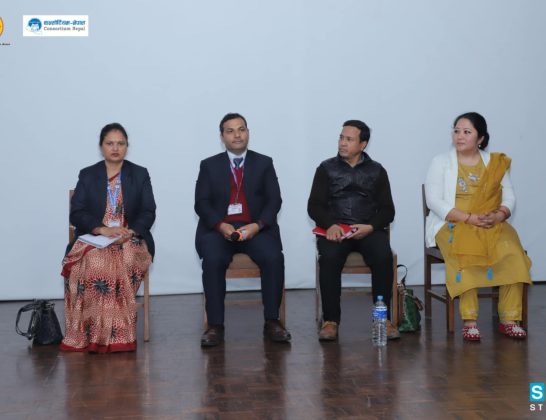
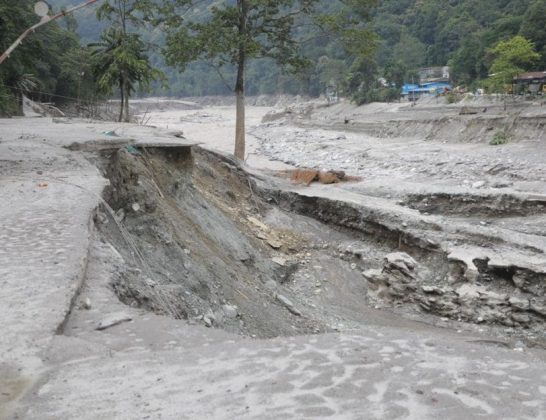
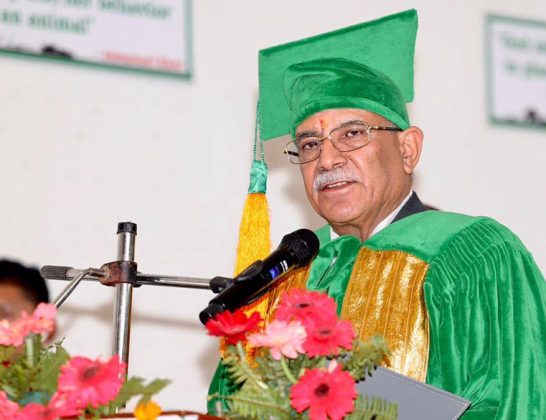




Comments